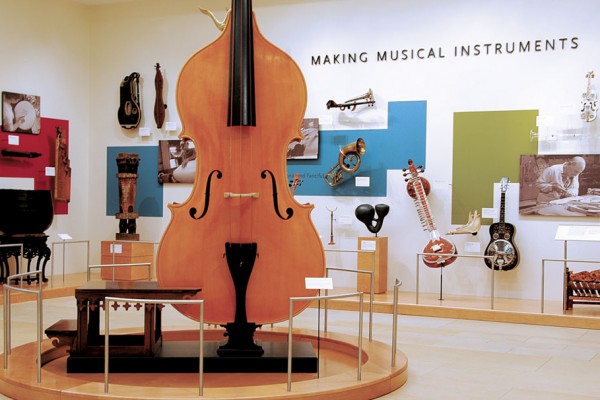Continued (page 2 of 5)
Have you seen all of the movies in the book? Which one do you enjoy the most? Which one has the best red rock visuals? Which movie should every Sedona resident see?
I have seen every theatrical film made in Sedona between 1923 and 1973 that still exists. I’ve also seen just about all the non-Sedona films that I mention [in the book] that still exist. My own Sedona favorites are Riders of the Purple Sage, Stormy, Johnny Guitar, Broken Arrow and, surprisingly, Two in Revolt. It’s a B picture few people know about, but it’s a nice, cute movie for kids. The finest photography of Sedona was probably in Mystery Ranch, one of the best of the B westerns and another of my favorites, which was promoted for the quality of its photography when it was released. It’s a shame the film doesn’t exist in better condition today. The stills from it are spectacular.
Broken Arrow is probably the one film made in Sedona that everybody should see. It was the first major movie made in the sound era by a Hollywood studio in which Native Americans were not portrayed as savages. Most people today probably aren’t aware of how important the film was to its time, how unique it was that the good guys happened to be Indians. Broken Arrow is historically significant for a another reason, too. It was one of the first films written in secret by a member of the “Hollywood Ten,” the group that was blacklisted in the late ’40s and sent to jail because of their refusal to admit membership in the Communist Party.
What do you think readers will find most shocking or surprising about Sedona’s movie history? What did you find most shocking while doing your research?
I have to say my own biggest surprise was Der Kaiser von Kalifornien, and I think people are going to be shocked when they learn of its existence. I hope they understand that truth can’t be ignored. I sat on this story for a long time to make sure I got the details right. The second biggest surprise was finding that some filming for Stagecoach took place in Sedona and that it had its world premiere engagement in Flagstaff, not LA. With all the books written about John Ford and Stagecoach, it’s incredible to me that these facts have eluded researchers for so long.
Were you reluctant to shine a spotlight on Der Kaiser von Kalifornien?
I did worry about how people would react to the news and considered not disclosing it, but I felt if I suppressed the truth, I’d be no better than Joseph Goebbels [the Nazi minister of propaganda who played a role in Der Kaiser’s production] because that’s exactly what he would have done.
One of the cornerstones of Nazi doctrine was the need for Lebensraum – “living space” for the German people – which was the major motivation behind Hitler’s territorial aggression. Lebensraum is at the root of Der Kaiser’s plot, and Sedona is specifically shown in the film as the promised land. Aside from one longer main sequence, the Sedona landscape reappears in a series of creepy visions conjured up by the ghost of one of the architects of the German nationalist movement. Der Kaiser is reputed to have been one of Hitler’s favorite movies, but what troubles me most was that the Nazis designated it one of the “Great National Films” [of the Third Reich] in 1944 and showed it to Germany’s home guard of children, invalids and the elderly in an effort to inspire them to fight off the Russian advance toward Berlin. How many kids were killed because they were influenced by this vision of Sedona? It’s sick.
Do you think Sedona residents are going to be angry that you’ve brought this movie to light?
I don’t know. I sure hope not. To deny anything that happened here, no matter how repugnant, would be a mistake, especially because the film still exists and is readily available in Germany on DVD. Whether we like it or not, Der Kaiser von Kalifornien is a part of our history.



